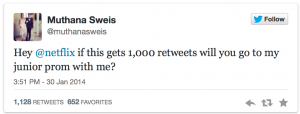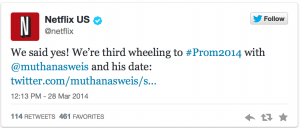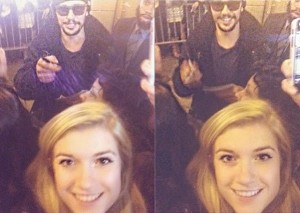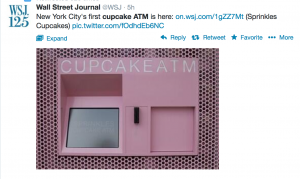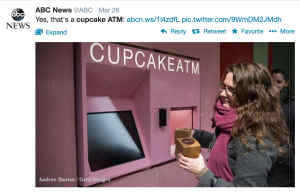By CLARA BENDAYAN
It’s no secret that fashion campaigns and celebrity photo-shoots aren’t released to the public until every aspect is perfected through the art of Photoshop. People in the media look flawless and are usually airbrushed from head to toe.
Although certain companies like American Eagle are attempting to break through this long-used system and tradition of heavily Photoshopping models and celebrities to make them look impossibly perfect, there are still far too many companies using these techniques.
Youth nowadays are very impressionable, and the percentage of eating disorders and self harm among teens is unfortunately not getting any lower. This issue doesn’t only affect youth, as it can be applicable to people of all ages, even surpassing gender barriers.
People are being exposed to unattainable images of beauty, as they are fabricated through technology and appear almost inhuman. Some bodies are skewed to the point where it is scientifically and biologically impossible.
In an effort to reconcile the wrongs that Photoshop is causing in modern-day society, lawmakers have co-sponsored a bi-partisan bill that would make misleading Photoshopped pictures illegal.
The bill, called the “Truth in Advertising Act,” was introduced by Republican Representative Ileana Ros-Lehtinen, and Democratic Representative Lois Capps.
This act would require the Federal Trade Commission to report on any “materially change [in] the physical characteristics of the faces and bodies of the individuals depicted.”
It would also require the regulatory body to work with health and business professionals and experts to establish a set of standardized and safe practices when it comes to altering images.
The bill’s introductory paragraph supports the aforementioned fact that these images are enabling eating disorders.
“The dissemination of unrealistic body standards has been linked to eating disorders … [and] has a particularly destructive health effect on children and teenagers.”
Capps expressed that the legislation seeks to reduce the amount of Photoshopped images on the market, as they are negatively affecting young people, especially girls.
“Just as with cigarette ads in the past, fashion ads portray a twisted, ideal image for young women,” said Capps. “And they’re vulnerable. As sales go up, body image and confidence drops.”
This bill sounds too good to be true. We’re in an age where no ad or image slips by without being retouched in some shape or form. This society is in too deep with Photoshopping, and I foresee quite a bit of backlash coming from many different sources in various industries if this bill goes through.



